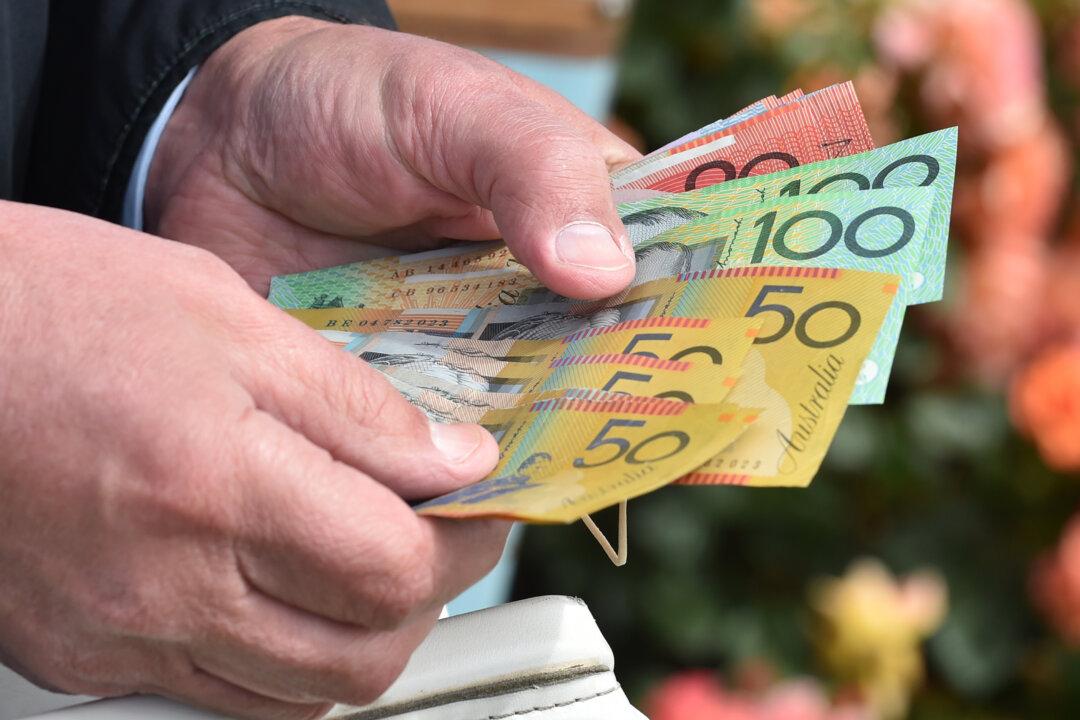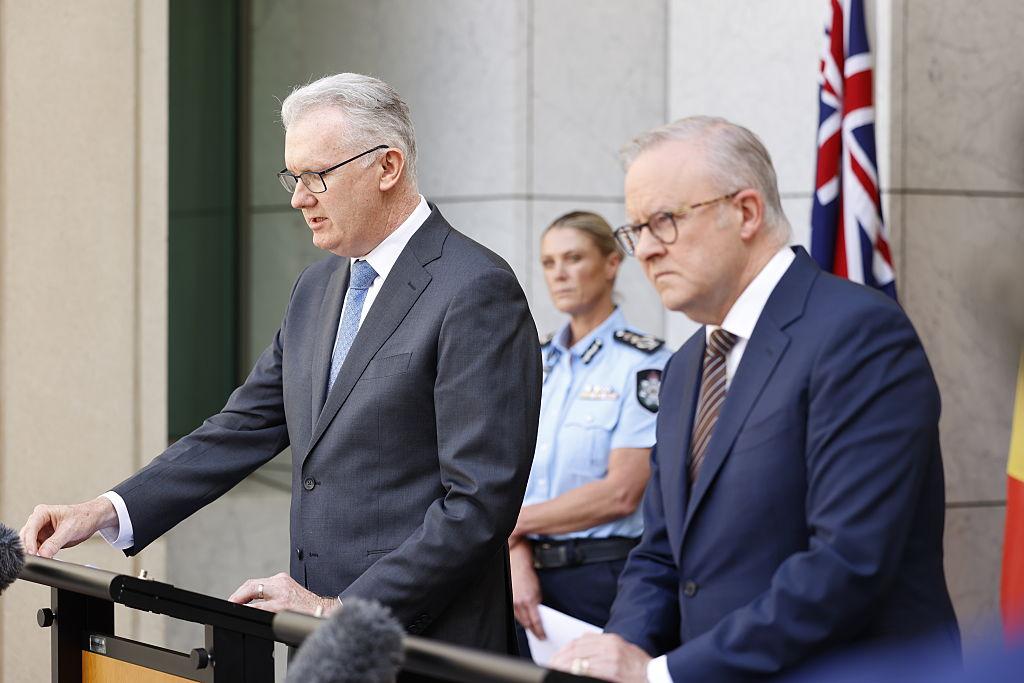This year’s annual survey of CEO remuneration by activist shareholder group, the Australian Council of Superannuation Investors (ACSI) shows that the salaries of leaders of the ASX200 companies have fallen.
However, bonus payments have become the norm, with only two bosses failing to take home a substantial payout.





